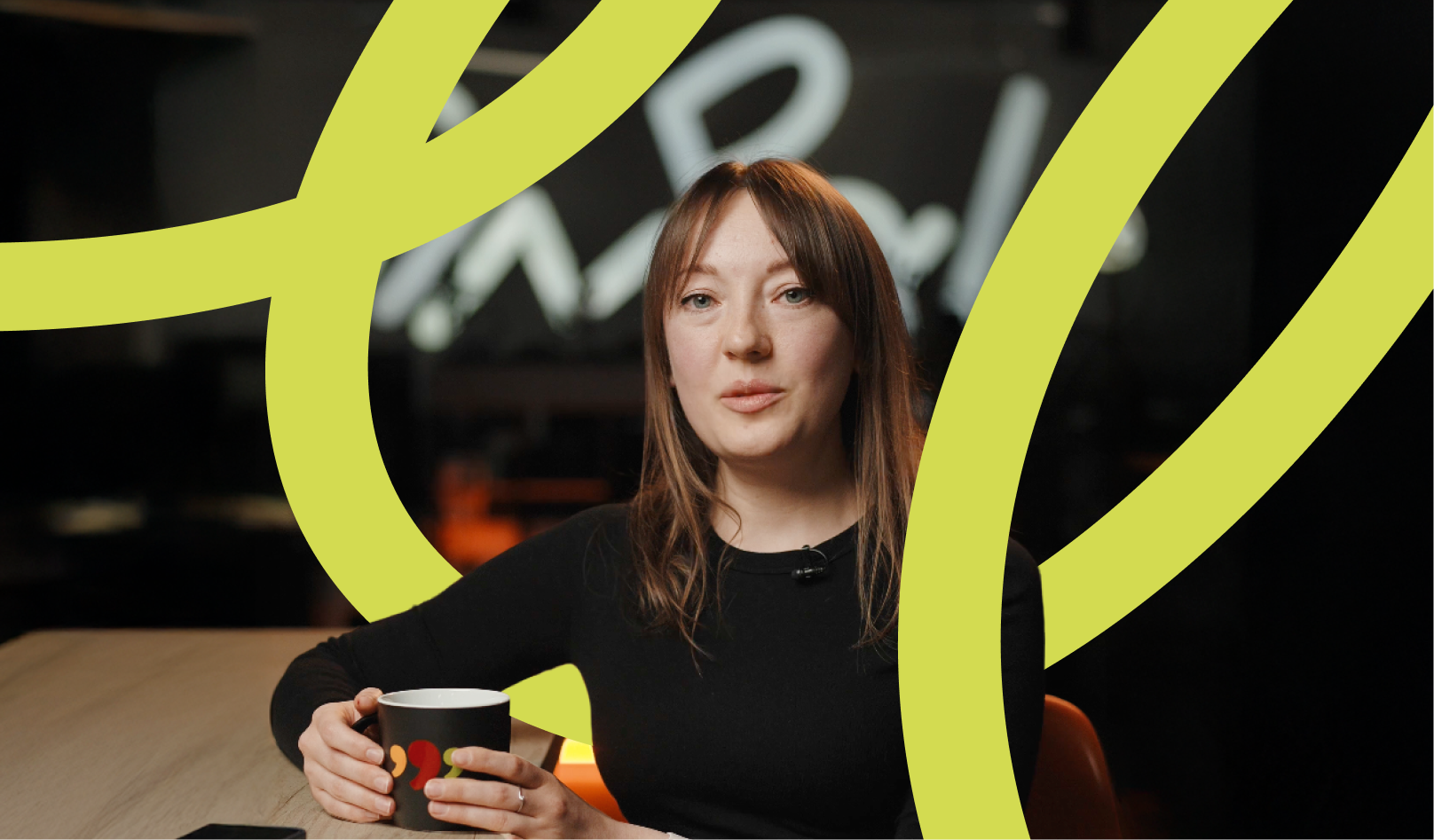Who is a compositor? Is he the one who composes music? Or maybe he is the one who poses with compote? Of course, not=) Compositor (or compositing artist) is the one who digitally assembles multiple images into the final image.
So…
Compositor has a thorough understanding of the CG process and is responsible for constructing the final image. Some guys create 3D models, add bones and joints which make these models move, other guys create visual effects and background plates. But there are guys who combine all these layers received from other artists and create beautiful images that we admire. This is what compositors do.
Compositing breakedown from Denis Kiriliuc on Vimeo. Moreover, other CG artists put a great deal of trust in compositors as compositing is the final stage of the production process and it’s compositing artists who have to correct all the errors that may not have been anticipated by other departments. But it’s they who often hear others say: “Wow! It looks really cool!”
before
after
In addition to film production, these specialists work in television and advertising industry being in great demand. And here’s why. Many people believe that compositors work only with color or just glue layers into the final image. But the fact is that compositor alone can significantly transform the video sequence. So? Are you eager to become a super-mega-cool compositor? Well then, welcome to the compositing course that is going to start at our School of Monsters ! Meet the course tutor.
Denis Kirilyuk. You will spend 2 exciting months under his strict supervision and guidance.
“Actually I’m a certified financier. But I never worked in this area as I realized that it was not my thing. One day a friend of mine who worked as an interior designer pointed me in a new direction by giving me After Effects user guide. I got really interested in the program. Not for long, though. As soon as I finished reading the book, I forgot about it. I remembered about compositing in my third year of university when I realized that finance and insurance was not my true passion. So I decided to postpone my studies, but after a time I graduated from the university. So when I saw an advertisement for the position of a compositing artist, I sent my resume without any hesitation. I did so because I was acquainted with the program indicated in the advertisement. Then I was invited for an interview. The guys from Simpals (big thanks to them!) looked at my works (!!!) and agreed to train me. As time went on, I started making some progress. At first, I did not even believe that I would be good at it. It’s like learning to do push-ups or run. You do 20 push-ups and think that you’re cool! But a guy next to you does 100 push-ups. And you think that you’d never be able to do it. But this is not true. Today I’m working on a 3D project- another series about the adventures of
an unlucky grim reaper named Dji.
Serghey Kirillov and Denis Kirilyuk (lead compositors of Simpals Animation Studio) receive the award for Best Animation at Deciminute Film Festival (Italy).
So what is compositing?
It’s the process of layering several different clips of video over each other or combining video with a computer-generated image. It may include color correction, visual effects and a whole section of motion graphics and animation. Compositing itself can be divided into several parts:
– cleanup- is used when you have to remove unwanted elements from the footage: reflections in mirrors, ropes holding an actor up in the air or any other objects that the director asked you to remove.
– rotoscoping- creation of masks, a part of cleanup. Using this technique, you can separate a foreground object from its background and place it in a completely different environment: a motorcyclist is riding through the woods, but you want him to ride through the desert. In general, it’s hard and meticulous work.
– keying- is used to separate an object or character from the green screen.
In order to learn all the subtleties of compositing, apply for our compositing course at Monsters School.






